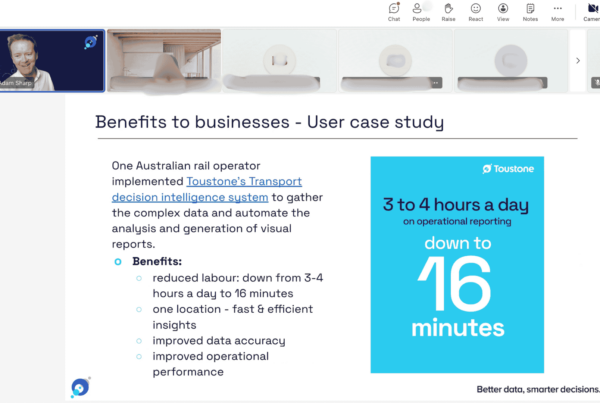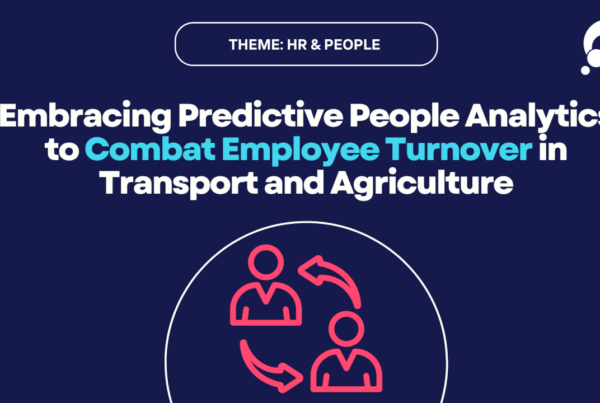Over the past ten years, technological change has had a major impact on data analysis, changing the way we process and look at data to enable a more efficient business.
Data automation has brought in a new level of efficiency highlighting the negative impacts excel can have on a business. Using excel for data analysis is a manual process that is time-consuming and produces data that is generally outdated by the time the final report is produced.
Automated reports counter this by producing real-time data, enabling you to make quick informed decisions to create a better business. How can you create a better business?
Stop using obsolete data analysis methods
Doing things because it’s ‘the way it’s always been done’ means you’re falling behind. And it’s true for too many businesses today. Most of the effort put into data analysis goes to ‘keeping the lights on’ as they struggle to incorporate data into the core of their business strategy to drive new areas of growth.
Now, data is a critical asset. Over the last ten years, we’ve seen the volume of available data grow along with more sophisticated methods of extraction and analysis.
Consider this: in 2018, a global survey reported that 71% of enterprises predicted their investments in data and analytics would grow in the next 3 years and beyond. At the time of the survey, 52% were leveraging advanced and predictive analytics already.
Is your organisation optimising data analysis? Or are you using old methods, getting stuck in the past?

Getting started with data
Data analysis has come a long way in the past decade. Thanks to advanced technologies and teams of experts who can unlock it, we’re seeing the following become commonplace:
- Data extraction is increasingly efficient, freeing up time for analysis and insights.
- Real-time and automated reporting allow for real-time response – instead of investigating a drastic change days after it’s happened.
- No data is wasted, as it’s drawn from multiple sources and compiled automatically.
- Dashboards allow for a comprehensive one-screen overview.
- Organisations are looking at data from a holistic viewpoint, rather than a departmental one.
- Insights are rapidly exposed, driving accurate decision-making – no more misinformed decisions or incorrect analysis.
These technologies are becoming more readily available making it easier for you to optimise your business performance.
Healthcare example
The potential changes to healthcare systems from having a comprehensive dashboard data analysis system are enormous, not just for the participants but for the bottom line. Enabling providers to drill down into their data assists in gauging the scope of their business and their participant needs. Collectively this can increase efficiency through faster access to data, which provides better care for the participants, quick informed decisions, and reduce expenditure.
Getting your data right
The real value of data lies in how it is used. That is why it is critical to make sure you’re not only using the right tools for quality extraction and insights, but that your team is prepared to rely on the findings and know-how to utilise them.
If you’re searching for a tool to maximize your use of data, make sure you choose the right one for you. A demo of the platform can give you a hands-on feel to ensure it is intuitive, easy to use, and feels right for your organisation.



